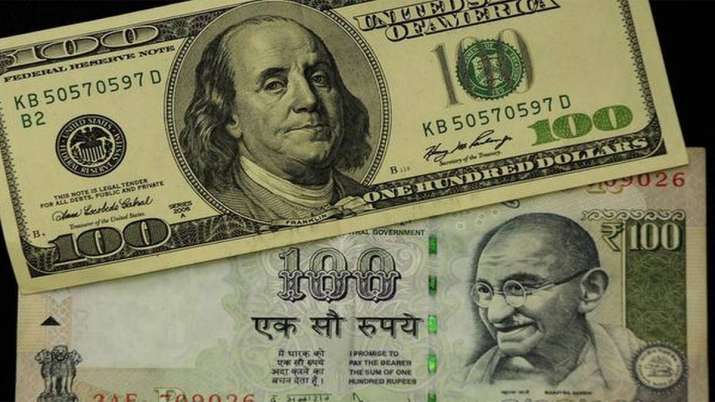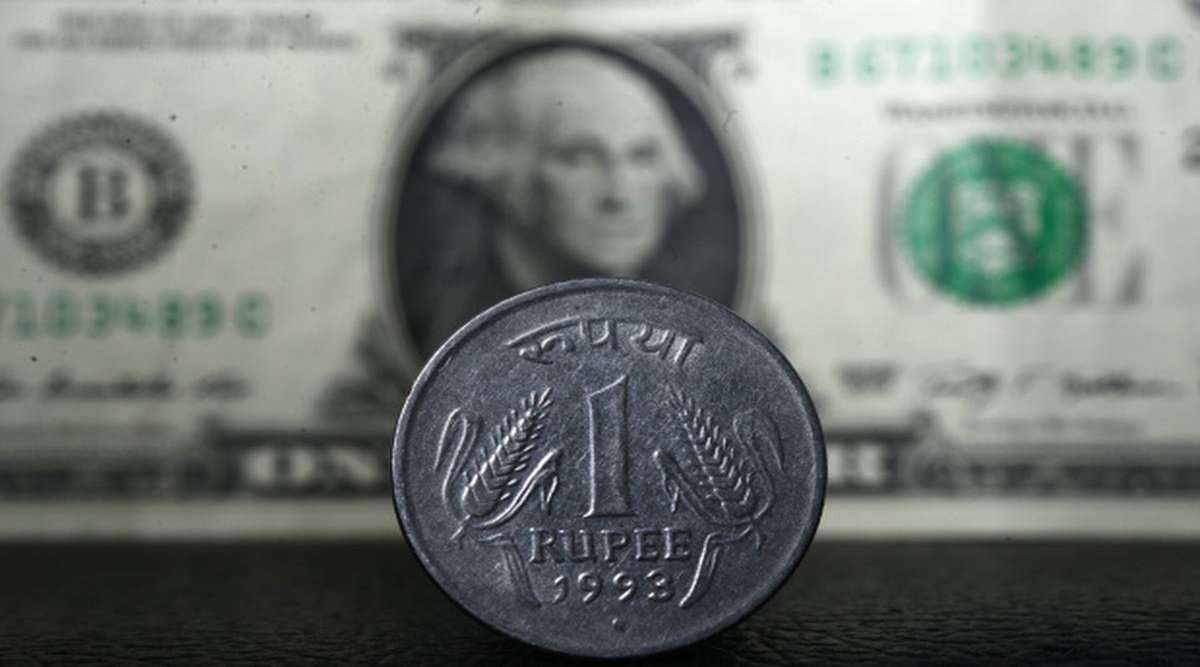USDINR opened with a gap up at Rs.82.20 in the previous session after closing at Rs.81.90 on Thursday, and the market saw primarily dollar purchasing by corporates and banks as rupee pressure persisted on Friday. With other Asian currencies plunging – CNH from 7.02 to 7.12 and KRW from almost 1400 to 1412 – with Brent oil hitting $95 per barrel, it was another day for the rupee to suffer.
The OPEC+ members resolved to reduce oil production by 2 million barrels, which kept the market warm. During the week that was cut short owing to a holiday on Wednesday, the rupee reached a high of Rs. 81.36 on 4 October and a low of Rs. 82.42 on Friday, setting a new low.
With the collapse, the rupee has depreciated by 10.50% against the dollar this year, although it is still better off than most other currencies, which have lost by 12-20%. The 10-year yield on Indian bonds increased to 7.45% as market hopes of India’s participation in the international bond index were tempered by the country’s decision to postpone its decision by a year. With dollar interest rates rising, our exports slowing, borrowings growing, and oil prices being high, we may see the rupee decline further in October, with a range of 81.50 to 83.50.
The RBI appears to have curtailed its sell-side intervention in USDINR after its reserves fell by $100 billion, 67% of which was attributable to the valuation of other currencies and its U.S. dollar holdings. The ammunition may have weakened to some level, allowing the rupee to fall by around 3% since the beginning of September 2022. Exporters should hang on to their dollar receivables rather than book forwards, with a stop loss of 81.75. Importers should continue to buy all dips and any significant declines to hedge their payables.

